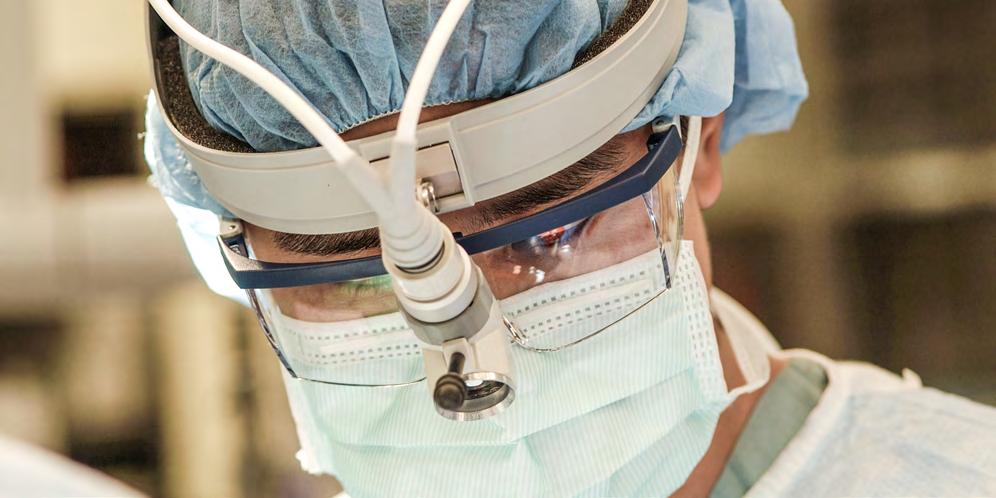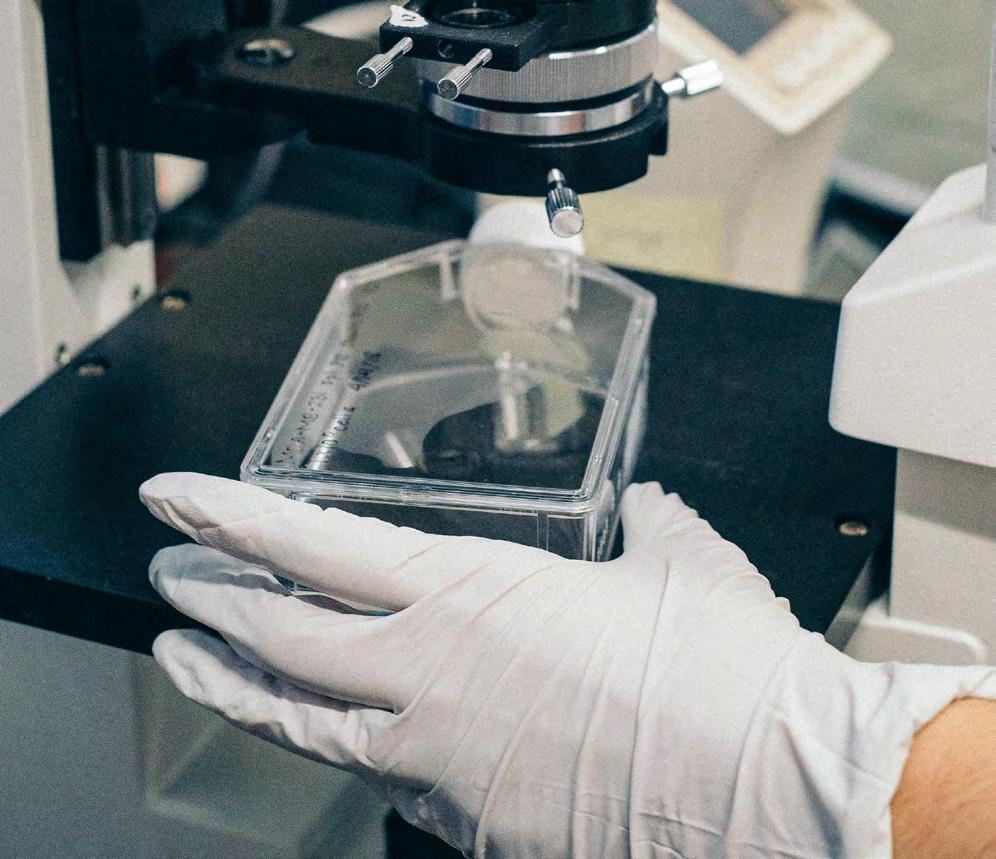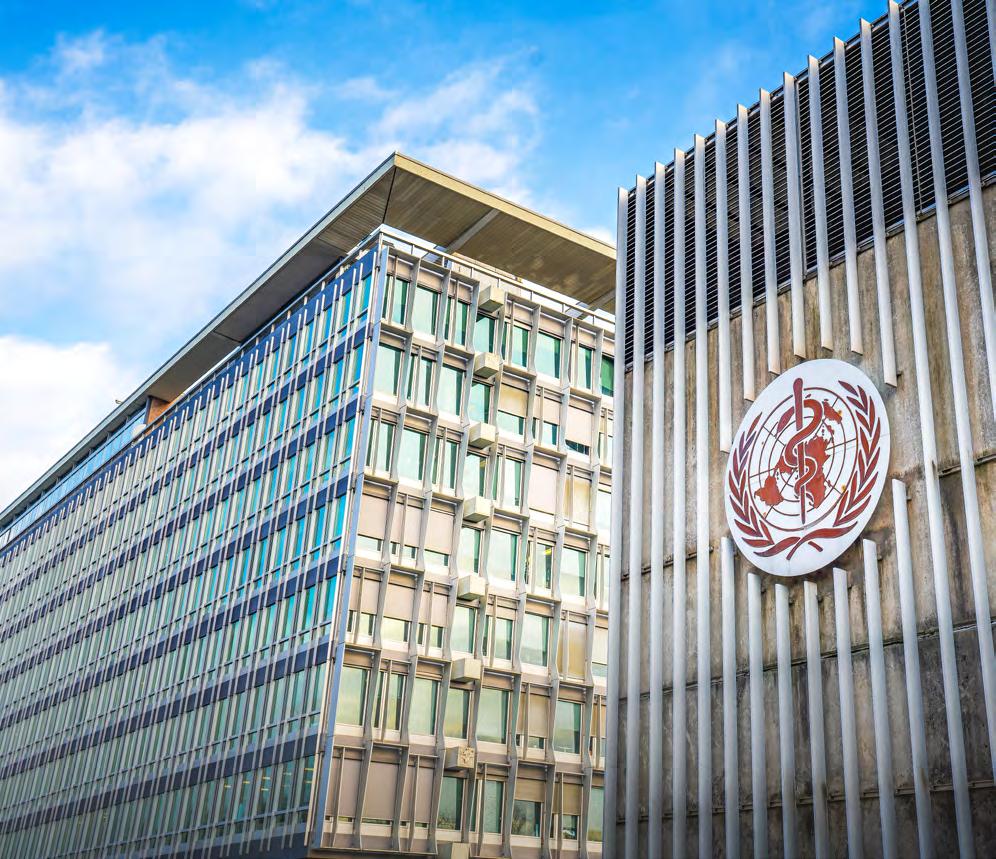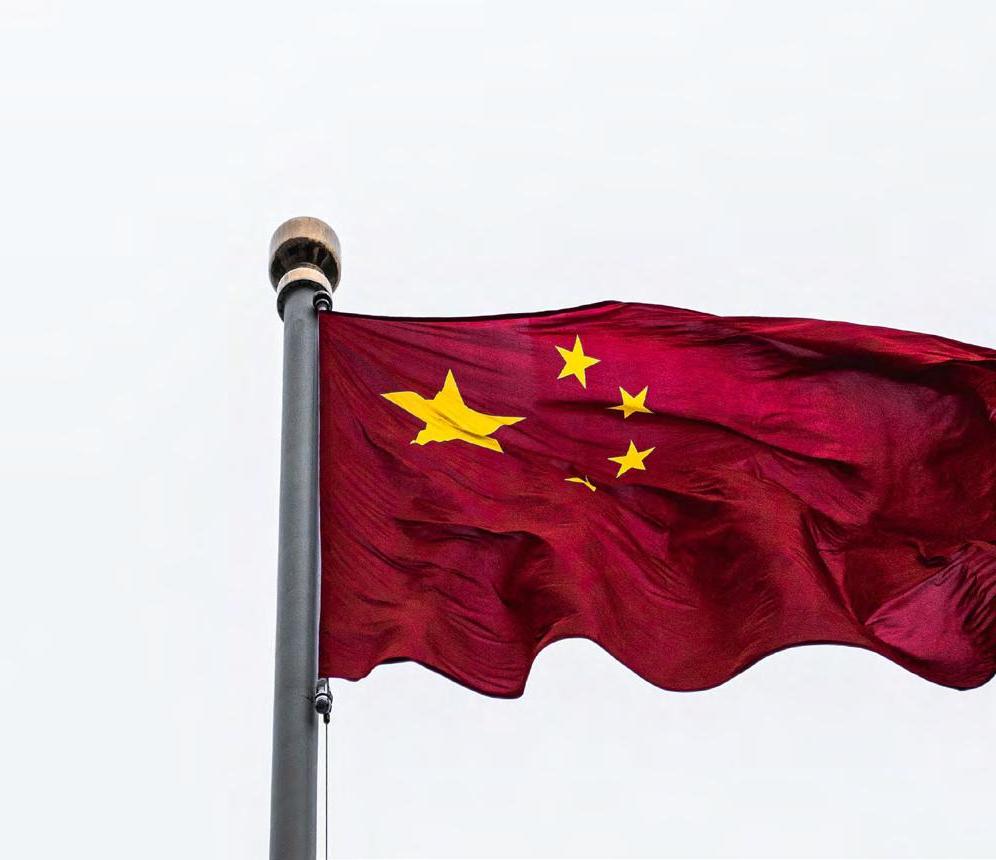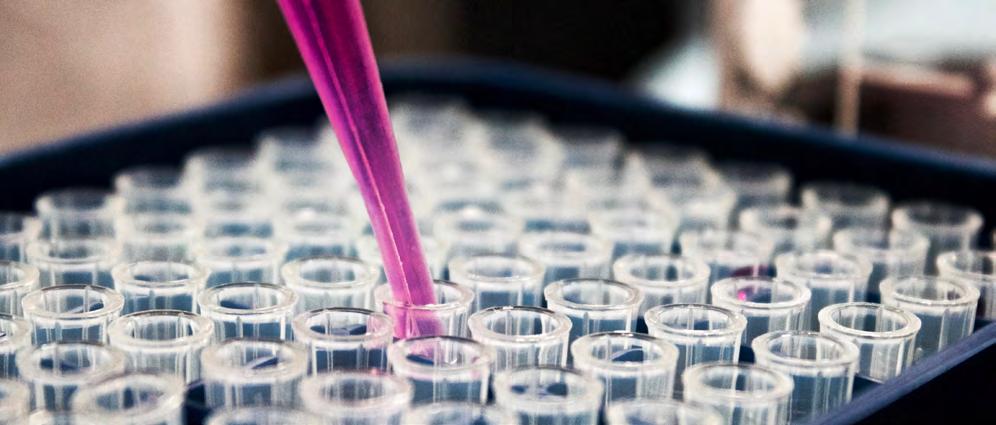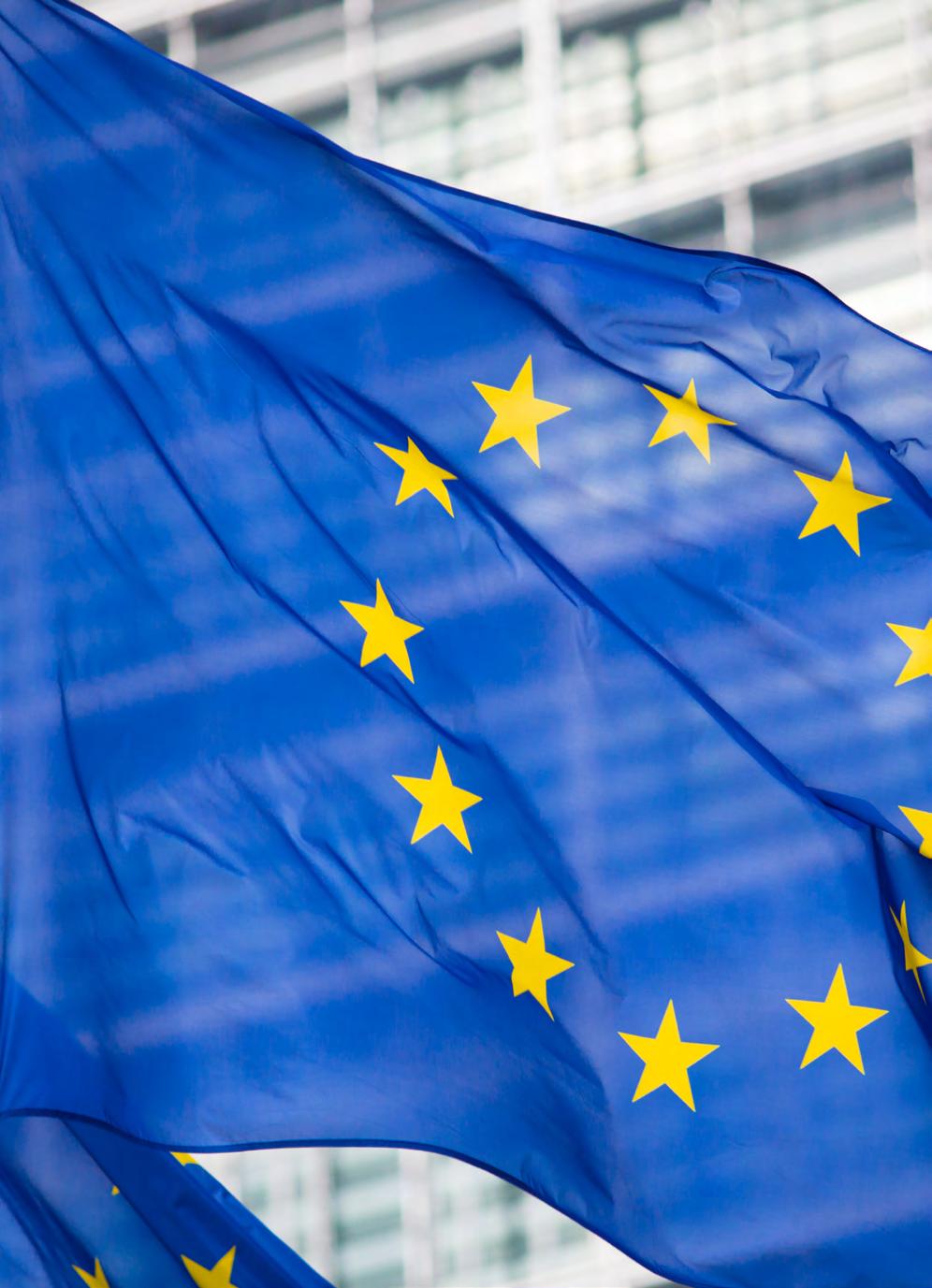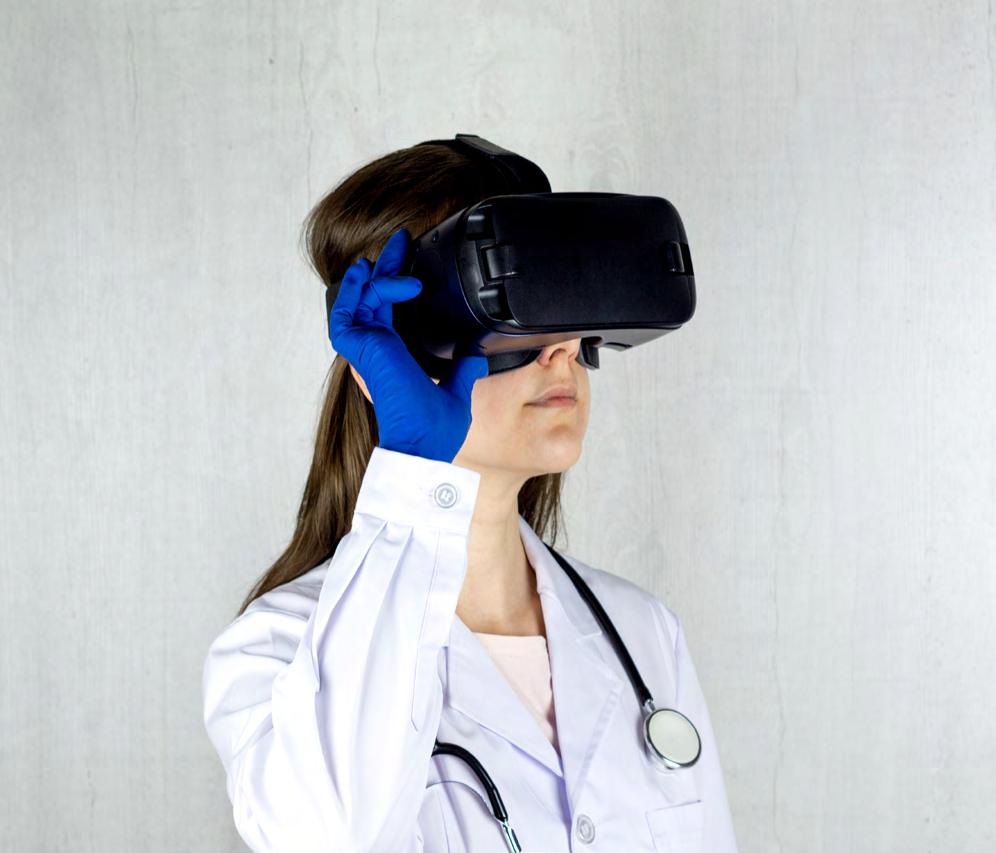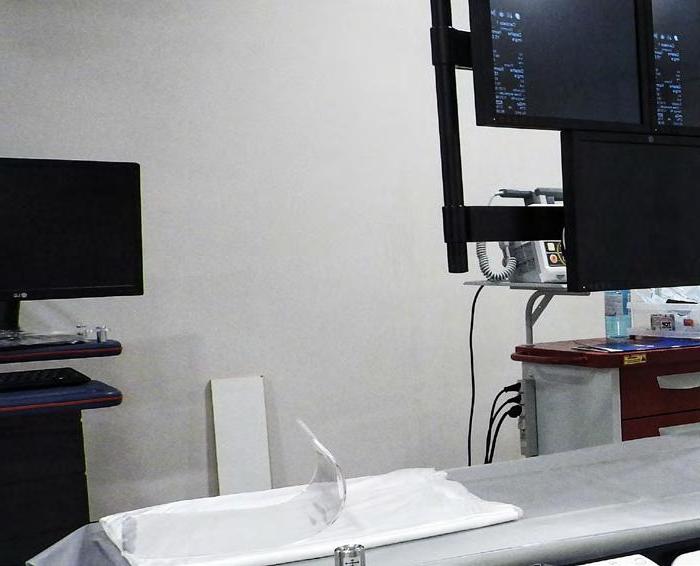
7 minute read
08 Conduct reimbursementand health technology assessments (HTA
Conduct reimbursement and health technology assessments (HTA) 08
Endorse a reimbursement policy that guarantees up-to-date treatment and care
The Chinese government has decided that the key to achieving health equity in the country and ensuring harmony in society is to provide broader service and increase financial coverage for treatments. Healthy China 2030 also expressly aims to provide better prevention, screening, diagnosis, treatment and care. 129 The Chinese government has therefore started to review its reimbursement models. For innovative German and EU health care companies, this creates new opportunities. Their innovative products now have a chance to be reimbursed and be made available to more patients in China, unless price pressure increases to an extent that innovation is no longer valued or unless local preference rules are introduced that threaten to prioritize Chinese origin, as recently found in e.g., the draft administrative measures for the National Reimbursement Drug List 130 . The Health Technology Assessment (HTA) refers to the process of using evidence to evaluate the clinical efficacy/ effectiveness, cost-effectiveness, and broader impact of health technologies on patients and the health care system. The evaluation of a technology’s value should seek
129 National Health Commission of the People’s Republic of China, Development of China's Public Health as an Essential Element of Human Rights, <http:// en.nhc.gov.cn/2019-04/29/c_75161.htm> (accessed on 17.07.2020). 130 National Healthcare Security Administration, http://www.nhsa.gov.cn/ art/2020/4/29/art_48_3059.html Apr 29, 2019 to incorporate the interests of patients, health care professionals, payers, and policy makers and manufacturers. In this respect, HTA is a means to improve patient care, aid physician decision-making, and enhance the functioning of the health care system as a whole.
While countries differ in their use of HTA, industry believes that the HTA process must be scientifically sound, transparent, consistent, and of practical use in both policy-making and clinical practice. An HTA system has not been implemented in China to date 131 . Since 2019, however, the Chinese government has been preparing to table a legislative proposal for drug evaluation.
Core challenges: . Valuing innovation and guaranteeing differentiation:
For medical products, it is important that patients have access to the latest innovations with the highest potential for improving health outcomes. Innovation must be valued in both the reimbursement and HTA system. In the past, this has not always been the case.
131
International Decision Support Initiative, The evolution of Health Technology Assessment in China, 05.2018, <https://www.idsihealth.org/wp-content/ uploads/2018/05/ICL_case_study_China_PRINT2-003.pdf>.
Pharma: In the last three years, major progress has been made in offering innovative medicines to patients and increasing access. Before 2017, most innovative drugs were not reimbursed by the public health care system and thus were not accessible for most patients on the Chinese market. The emphasis in the previous update of the National Reimbursement Drug List (NRDL) in 2009 had been on me-too, biosimilar, and biobetter products. Since 2017, however, there has been rapid progress on market access. Over a two-year period, the NRDL has been updated three times with dozens of new active ingredients, including one list with 17 oncology drugs 132 to support the national oncology strategy. The 2018 guidelines on the Reimbursement Standard Payment Policy introduced systemic changes to the process for listing drugs and negotiating the inclusion of drugs on the NRDL. The recently published draft on the administrative measures for the NDRL seek to clarify the important value assessment process, however, for the time being they still lack clarity and innovation-access friendliness in some points. For example, despite the provision that NHSA will establish scope and specific conditions for the current year’s NRDL update, there are no provisions yet to enable companies to apply for reimbursement once a new medicine has received marketing authorization from NMPA or to allow contracts to be renegotiated to include new indications. Also, the draft measures suggest that during the two-year NRDL contract renewal period, local medical institutions can conduct secondary negotiations to achieve prices below the nationally negotiated reimbursement payment standard (RPS) and that health care security departments shall adjust the RPS at the end of the contract period. Those practices would break with the 2019 NRDL policy. They also could lead to important price erosion, reduce predictability in the market, and risk undermining China’s goals of fostering an innovative biopharmaceutical industry and becoming an early launch destination for innovation that benefits Chinese patients. Preparatory work has finally started on setting up HTA in
132 RASLSS, The Changing Face of Regulations and Market Access in China, <https://www.raslss.com/changing-face-regulations-market-access-china/> (accessed on 17.07.2020). China for the first time. Chinese think tanks and government authorities are therefore looking for input and information from other HTA experiences abroad. It is not yet clear whether this will enable truly innovation-friendly assessments, or if precision medicines in particular will be appropriately valued by the new reimbursement systems. It is also unclear whether industry input is well considered early on in the design and consultation phases of HTA, even though this is key to ensuring solid insights into current and future scientific development.
MedTech: Single patient-use implantables may be listed for reimbursement, but reimbursement differs greatly between provinces. In addition, single patient genetic tests for selecting targeted tumor therapies are not yet reimbursed by the public health care system. This is essential for enabling patients to access modern precision medicine, however, and for determining which treatments are appropriate for them. Furthermore, challenges remain as innovative specialized medical products are often not priced differently even though their different qualities should be reflected in their prices. There is, for example, no price differentiation for diagnostic reagents, even though they vary greatly in quality, making price differentiation essential 133 . Finally, the data sets generated can also help in further developing and optimizing treatments.
No local preferences: The proposed administrative measures currently suggest that qualified innovative products with “independent intellectual property” should be prioritized for inclusion in the NRDL. “Independent intellectual property” has been defined by the Ministry of Science and Technology as that developed and owned by a Chinese legal entity or Chinese national. We seek clarity on this statement given that country-of-origin preferences would be inconsistent with fair and non-discriminatory reimbursement listing policies.
Evaluation:
133 European Chamber of Commerce in China (EUCCC), “Healthcare Equipment
Working Group”, European Business in China Position Paper 2018/2019, pp. 248, <https://www.europeanchamber.com.cn/en/publications-archive/727/
Healthcare_Equipment_Working_Group_Position_Paper_2019_2020> (accessed 29.5.2019):
The health care industry welcomes the Chinese government’s efforts to improve access through broader reimbursement, including increasing the frequency of updates to the NRDL, and national negotiation of reimbursement for innovative drugs. It is now crucial to ensure that the system is predictable, evidence-based, and adapts quickly to scientific change by means of flexible reimbursement processes. The health care industry also welcomes the Chinese government’s efforts to set up an HTA system, as this can systemize and improve the transparency of national reimbursement decisions. However, the extent to which it values innovative medical products depends on the design of the system.
Recommendations on Health Technology Assessments:
Value innovative medical products by opting for national payers’ regular reimbursement to make new treatments available to patients. Additionally, rapid endorsement of the legislative proposal on NRDL updates to promote evidence-based criteria and improve the transparency of the reimbursement process are needed. To ensure that new treatments reach the market quickly, ensure that reimbursement assessments can be triggered by industry. Ensure that no price erosion unfriendly to innovation is triggered by multiple negotiation rounds and that no unpredictability for innovation reward is provoked. Industry therefore requests clarity and opportunities for dialog with NHSA on these proposed processes, methodologies, and timelines for adjusting prices.
Avoid mandatory localization by means of reimbursement regulations linked to the origin of the IP right of the medicines or medicinal products. Promote precision medicine: To improve the efficacy of treatment and make more efficient use of health insurance funds, use modern diagnostics and add genetic testing for guiding targeted tumor therapy to health insurance coverage.
Ensure patient-centric endpoints and patient-centric systems that value innovative medical and assistive products, including incremental advances.
Strengthen good governance: Consult patients and industry experts at early stages of the research and legislative processes to respond to patients’ unmet needs and mirror scientific development.
Install future proof HTA policies that allow innovative medical products to be assessed holistically and smoothly and create a strong link between clinical benefit and price. Additionally, medical devices different in quality should be consequently priced differently and reimbursed according to their innovative properties. The currently discussed joint clinical assessment of EU Member States (Euro HTA) should be considered as a basis for further cooperation and twinning programs of EU Member States and China, while both need to be optimized alongside scientific development in order to value innovative medicines and products. Consulting with industries and patients in regular and transparent processes is therefore key. Twinning programs allow administrative officers from different countries’ institutions to work and learn from one another. Cooperation and setting up twinning programs could ensure more globally harmonized standards and actions.

